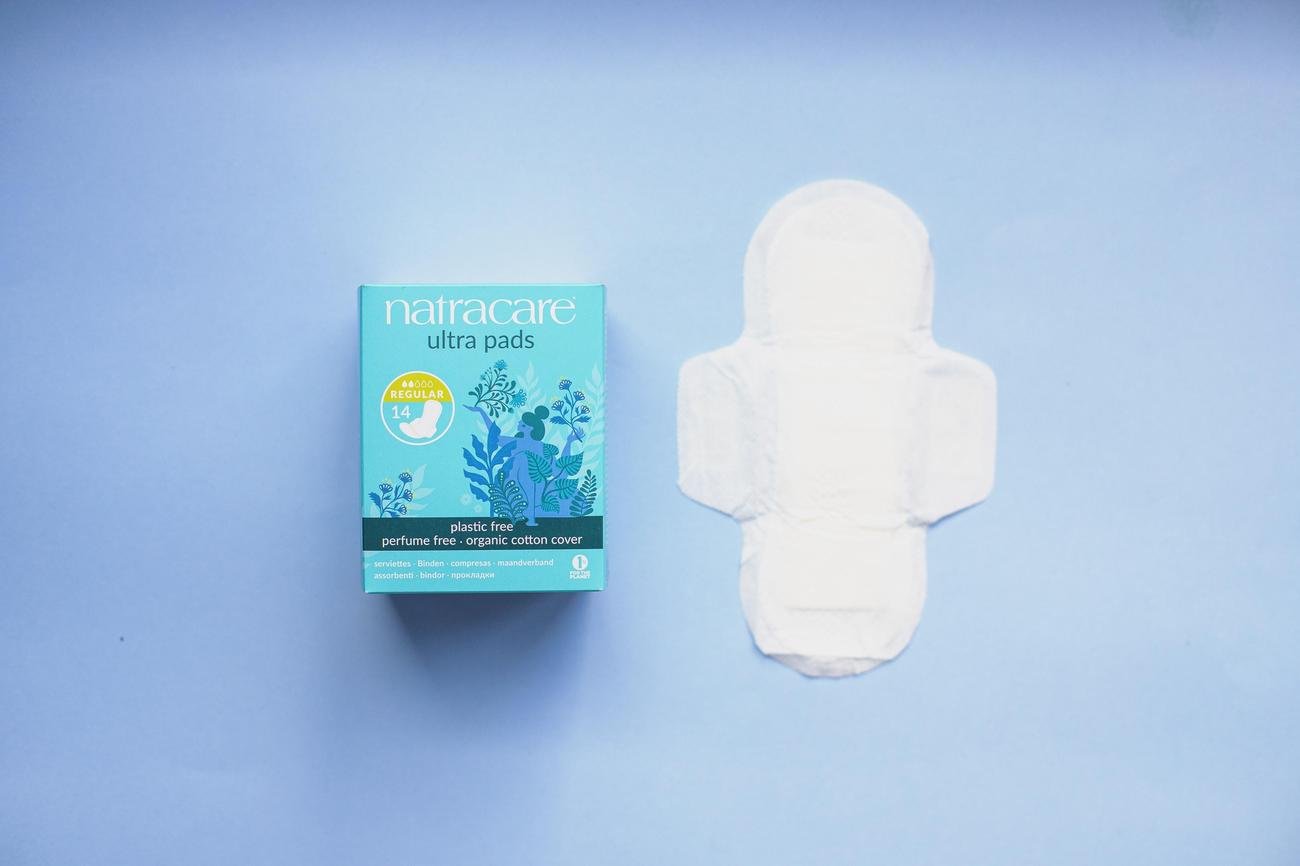Welcome to The Cotton Chronicle! In this article, we will take a deep dive into the fascinating world of cotton products. From the softest clothing to the coziest bedding, luxurious towels, and stylish home furnishings, cotton offers a vast array of options for discerning consumers. As a seasoned textile industry researcher, I will be your guide, unraveling the mysteries of cotton cultivation, fabrication, and market trends. So get ready to explore the diverse range of cotton products out there and discover the factors to consider when making informed purchasing decisions. Let’s embark on this exciting journey through the world of cotton!

Different Types of Cotton Products
Cotton, a versatile natural fiber harvested from the cotton plant, is widely used to create a diverse range of products. From clothing and bedding to towels and home furnishings, the world of cotton offers various options for consumers to explore. In this article, we will delve into the different types of cotton products available, highlighting their unique characteristics and helping you make informed purchasing decisions.
The Softness and Quality Spectrum: Short Staple, Long Staple, and Extra Long Staple Cotton
When it comes to cotton products, one of the key factors to consider is the softness and quality of the fabric. Cotton comes in different fiber lengths, ranging from short staple to long staple, and even extra long staple. Imagine these as siblings in the cotton family, each with their own distinct personality.
Short staple cotton, like the playful younger sibling, is known for its affordability and durability. It is commonly used in everyday clothing and basic home textiles due to its resistance to wear and tear. However, it may not offer the same level of softness as its longer-staple counterparts.
Long staple cotton steps up the softness game. This middle sibling offers a smoother and finer texture, making it ideal for premium clothing items and bedding. With longer fibers, it creates fabrics that feel gentle against the skin and have improved breathability, ensuring a comfortable experience.
Lastly, we have the crème-de-la-crème of cotton: extra long staple cotton. Just like the eldest sibling who exudes elegance and grace, this type of cotton stands out for its exceptional softness, silk-like feel, and durability. Egyptian cotton, often referred to as the pinnacle of luxury, falls under this category. Its extra long fibers allow for finer yarns to be spun, resulting in fabrics that are incredibly soft, lightweight, and indulgent.
Short staple, long staple, and extra long staple cotton offer a spectrum of softness and quality, catering to different needs and preferences. From the affordable durability of short staple cotton to the luxurious elegance of extra long staple cotton, there’s a cotton product for everyone.
Diving into the Cotton Product Wonderland
Now that we’ve explored the varying degrees of softness and quality in cotton, let’s take a closer look at the different products that can be crafted from this versatile material. From our wardrobe to our homes, cotton products add comfort and style to our everyday lives.
1. Clothing: Cotton has long been a favorite material for clothing due to its breathability and versatility. From t-shirts and jeans to dresses and shirts, cotton garments offer comfort, durability, and the ability to be easily dyed to achieve vibrant colors. Its natural fibers allow the skin to breathe, making it ideal for warmer climates or those prone to allergies.
2. Bedding: When it comes to bedding, cotton reigns supreme. Its breathability, moisture-wicking properties, and soft touch make it perfect for bedding essentials such as sheets, pillowcases, and duvet covers. Whether you prefer the crispness of percale or the smoothness of sateen, cotton bedding provides a luxurious sleep experience.
3. Towels: After a refreshing shower or a relaxing bath, wrapping yourself in a soft, absorbent towel makes all the difference. Cotton towels are renowned for their high absorbency, quick drying capabilities, and plush feel against the skin. Whether it’s a bath towel, hand towel, or beach towel, cotton ensures you stay cozy and dry.
4. Home Furnishings: Beyond apparel and personal care, cotton products also extend to the realm of home furnishings. From curtains and upholstery to tablecloths and napkins, cotton fabrics can transform your living spaces. With its versatility in printing and dyeing, cotton allows for an array of design options to suit your personal style.
From clothing that keeps us comfortable to bedding that enhances our sleep and home furnishings that add a touch of elegance, cotton products offer a world of possibilities for a cozy and stylish lifestyle.
The Environmental Considerations
While cotton products provide comfort and luxury, it’s important to consider the environmental impacts of cotton production. As consumers, we can make mindful choices that support sustainability and responsible sourcing.
“The environmental impacts of cotton production can include water consumption, pesticide use, and soil degradation.”
To mitigate these impacts, several cotton certifications and initiatives promote sustainable practices. Look for products made from organic cotton, which is grown without the use of synthetic pesticides and fertilizers, or consider supporting brands that prioritize water-efficient manufacturing processes.
By choosing ethically sourced cotton products and supporting sustainable practices, we can contribute to a healthier planet while enjoying the benefits of this versatile fiber.
Making Informed Choices
Now that you’ve gained insight into the different types of cotton products and their unique qualities, you can make more informed purchasing decisions. Consider your preferences and requirements when selecting cotton items, whether it’s the durability of short staple cotton, the softness of long staple cotton, or the luxurious indulgence of extra long staple cotton.
By understanding the different types of cotton products available and considering their characteristics, you can find the perfect cotton companions to enhance your everyday life.
Cotton is a versatile and widely used fabric that is an essential part of our daily lives. From clothing to household items, the uses of cotton are endless. Curious to know more about what cotton is used for? Click here to explore the various applications of this remarkable material. You’ll be amazed at how cotton contributes to the comfort and functionality of our favorite products. Don’t miss out on discovering the fascinating world of cotton! What Is Cotton Used For

FAQ
Q: What are short staple, long staple, and extra long staple cotton?
A: Short staple, long staple, and extra long staple cotton are different types of cotton with varying levels of softness and quality. Short staple cotton has fibers that are shorter in length, resulting in a coarser texture. Long staple cotton has longer fibers, making it softer and more durable. Extra long staple cotton, such as Egyptian cotton, is the longest fiber cotton and is considered the most luxurious type of cotton due to its exceptional softness and strength.
Q: How is cotton harvested and used to make fabrics?
A: Cotton is harvested from the cotton plant when the fibers inside the cotton bolls have matured. After harvesting, the cotton fibers are separated from the seeds through a process called ginning. These fibers are then spun into yarn, which is used to make various fabrics such as clothing, bedding, towels, and home furnishings. Cotton fabrics are known for their breathability, comfort, and versatility.
Q: Can cotton be dyed to achieve different colors?
A: Yes, cotton can be dyed to achieve different colors. Cotton fibers have a high affinity for dyes, making them suitable for vibrant and long-lasting coloration. The dyeing process involves immersing the cotton fabric in dye solutions that penetrate the fibers and bond with them. Different dyeing techniques and types of dyes can be used to achieve a wide range of colors and shades on cotton fabrics.
Q: What are the environmental impacts of cotton production?
A: Cotton production can have significant environmental impacts. One major concern is water consumption, as cotton crops require substantial amounts of water for irrigation. Additionally, the use of pesticides in cotton farming can contribute to water pollution and harm biodiversity. Furthermore, intensive cotton cultivation practices can lead to soil degradation and erosion. To mitigate these impacts, sustainable cotton production methods and organic farming practices are being increasingly adopted.
Q: Why should consumers consider the type of cotton when making purchasing decisions?
A: Consumers should consider the type of cotton when making purchasing decisions because it affects the quality, performance, and comfort of the cotton products they buy. Short staple cotton, for example, may be suitable for certain applications where durability is less important. Long staple and extra long staple cotton, on the other hand, are known for their softness and durability, making them ideal for clothing and bedding. By understanding the different types of cotton and their characteristics, consumers can make informed choices that align with their preferences and values.
- Unlock Filipino Culture: A Deep Dive into Traditions and Practices - April 23, 2025
- Unlock Spanish Culture: Insights & Opportunities Now - April 23, 2025
- White Spirit Uses & Substitutes: A Deep Dive for Pros & DIYers - April 23, 2025
















